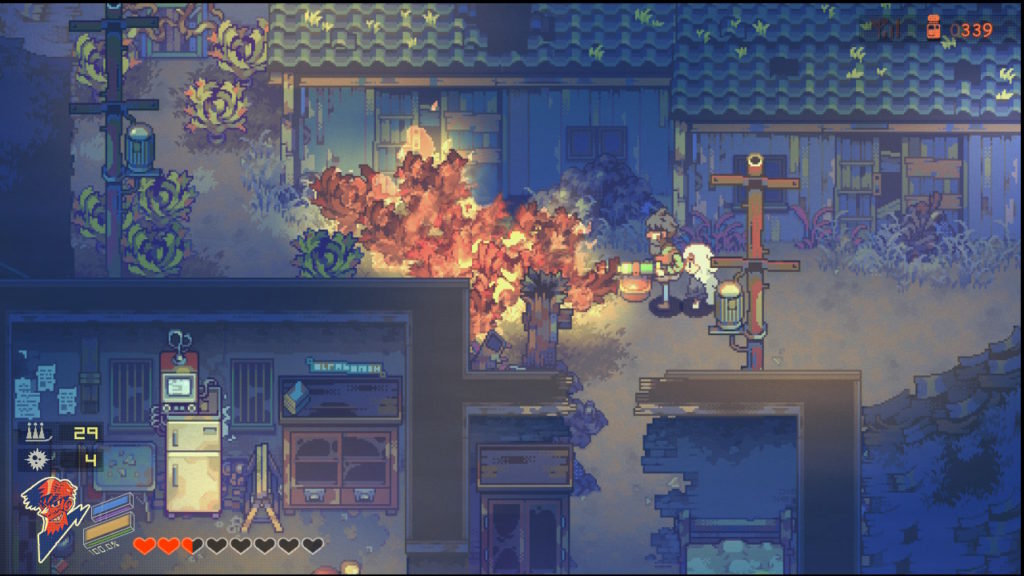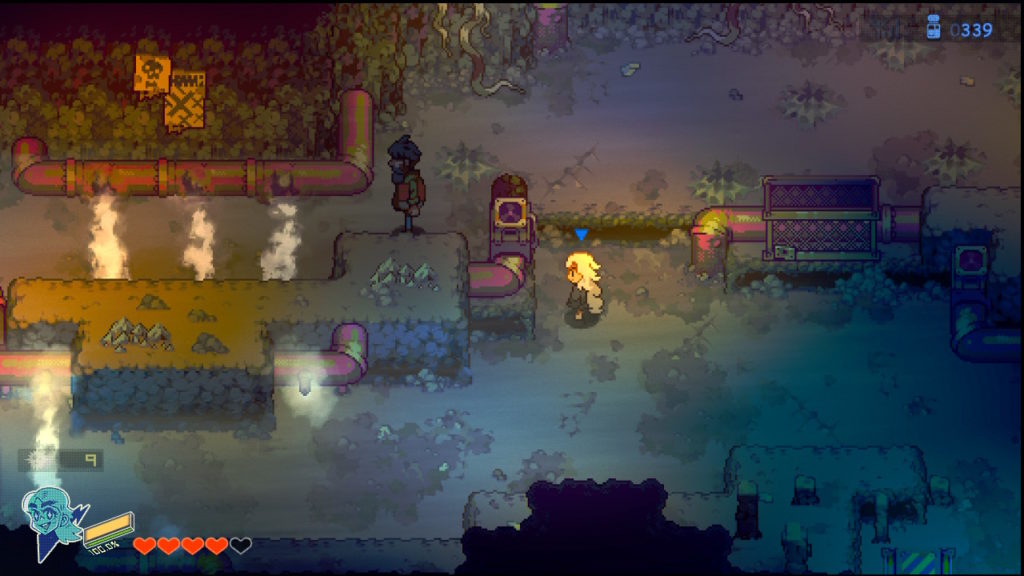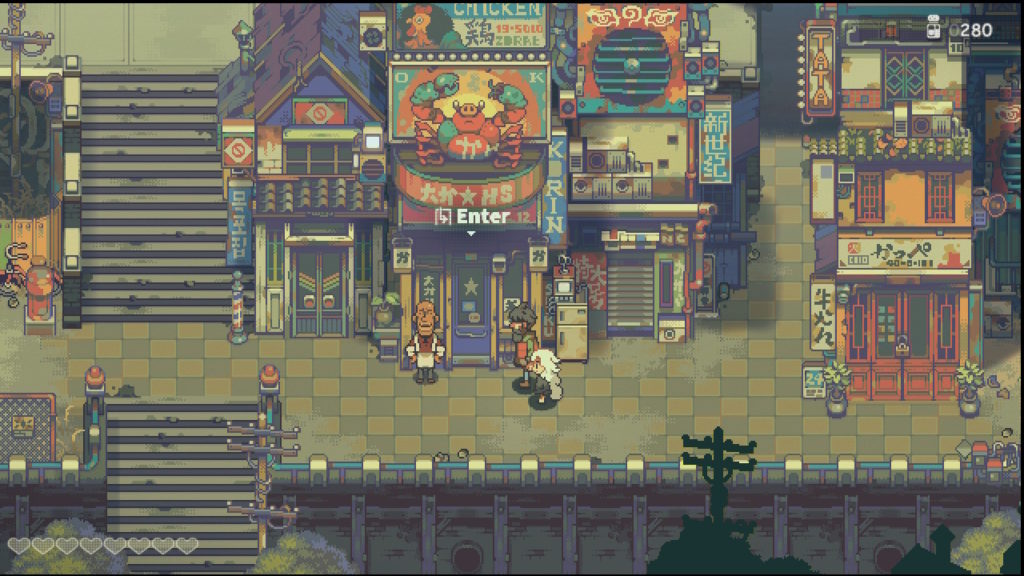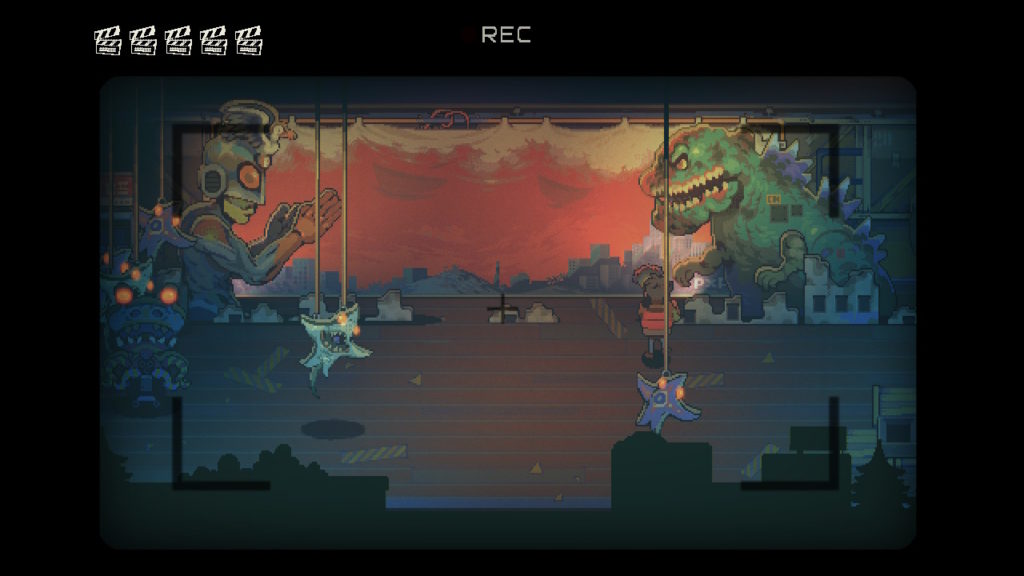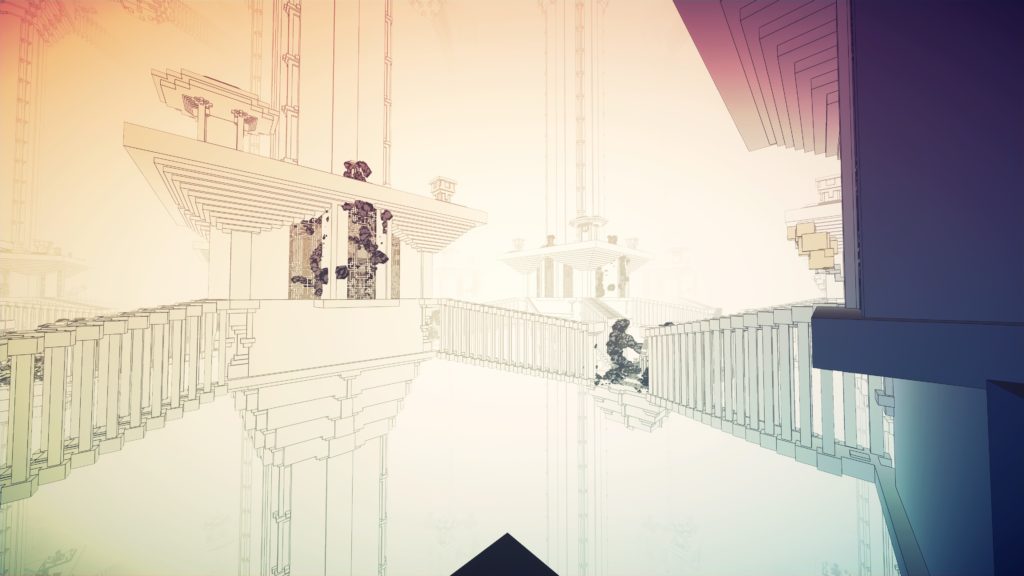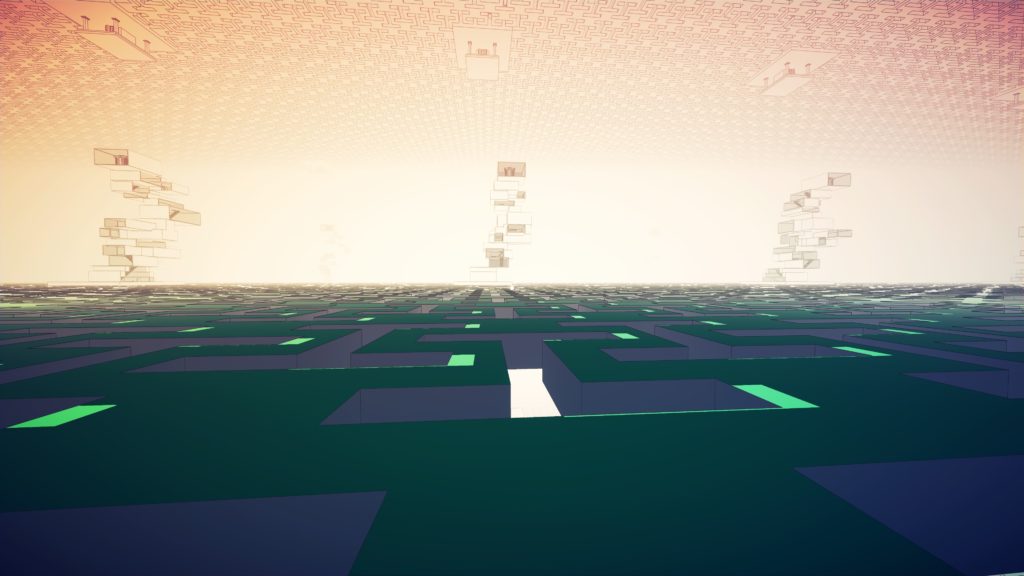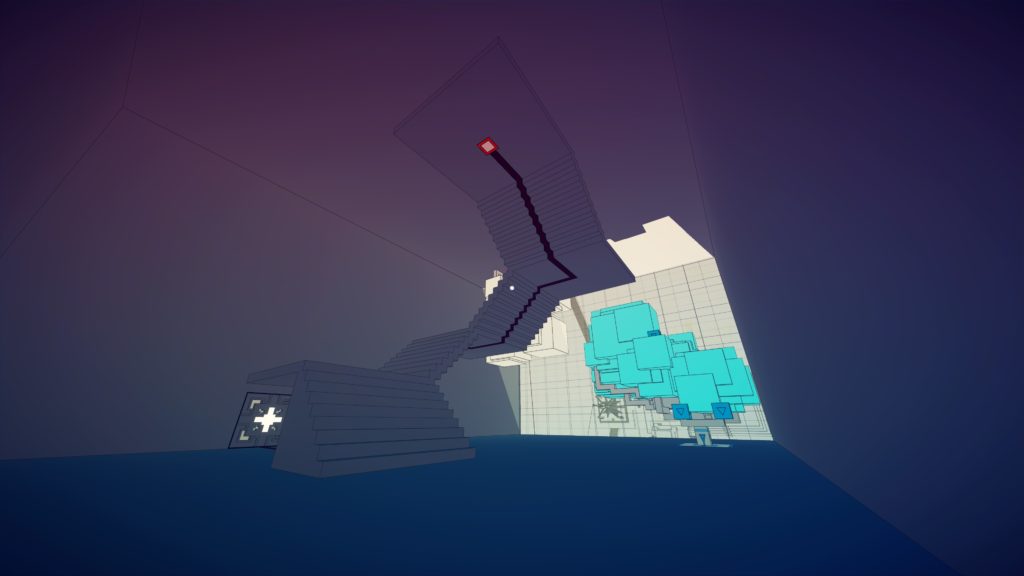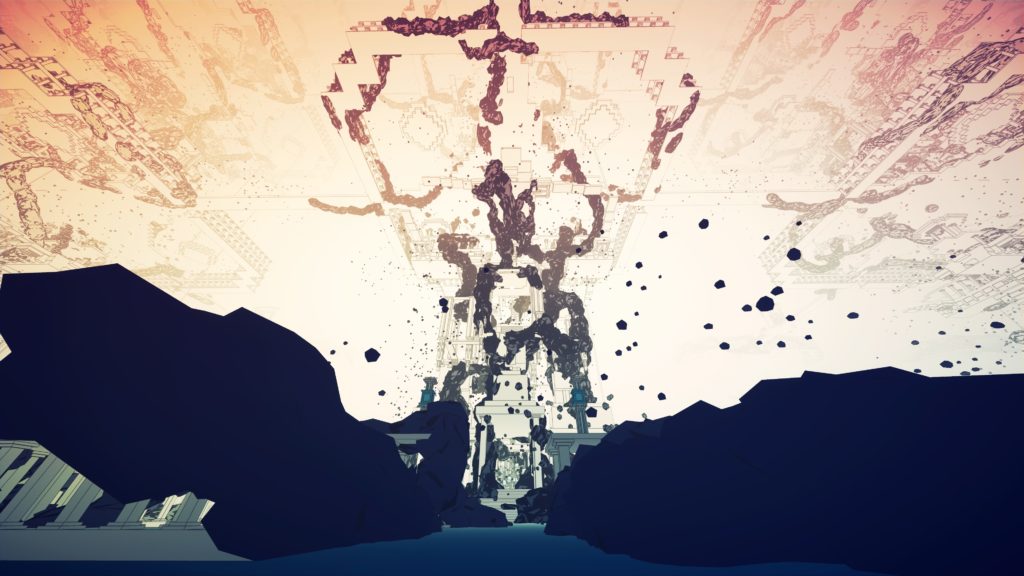2020 was a weird year. 2021 wasn’t any better. Luckily, just like last year I played a bunch of cool shit this year. By my count we got through 28 ramblings, 5 shelvings (4 of which were JRPGs….grindy ones really missed hard for me this year), and a big ol ramblings on some early thoughts about UE5. Feel free to dig through the past year’s stuff, but let’s get to the things I think you should really focus in on.

Game Ramblings #126 – Ori and the Will of the Wisps
I shelved this in 2020. In 2021 it was one of my favorite games. Having a game that is completely based in accurate platforming and fast movement be hobbled by poor performance was gutting. Replaying it again on an Xbox Series X was such a wildly different experience that it might as well have been a different game. Play this – as long as it’s on appropriate hardware.

Game Ramblings #131 – Bowser’s Fury
I mean, play this for what it represents – a path to an open world future for Mario, but also play it because it’s just a lot of fun. It’s not that everything hits, because frankly the Bowser fights are boring, but the open world nature of this one just clicked for me. Seeing a general area to go to, being able to walk over to it, then finding a bunch of shines all seamlessly is a great experience. It ends up being a streamlined version of what the Galaxy games did years ago, and if we can get a full 3D Mario in this style I think it may reinvigorate the series in the same way that Odyssey did a few years ago.

Game Ramblings #134 – Yoku’s Island Express
I know this came out in 2018, but I was just getting around to it, so I’m hoping that a few more people have that same accidental path to it. It’s a completely fucking baffling mix of genres – pinball and Metroidvania – but it somehow works. And it works incredibly well. There’s great platforming, great puzzles, and great boss fights. There’s no reason why this should have worked, and I frankly couldn’t tell you why it does work, but it’s a rare PS4 platinum for me, and that’s usually a sign that a game has really caught on something interesting.

Game Ramblings #135 – Fantasian
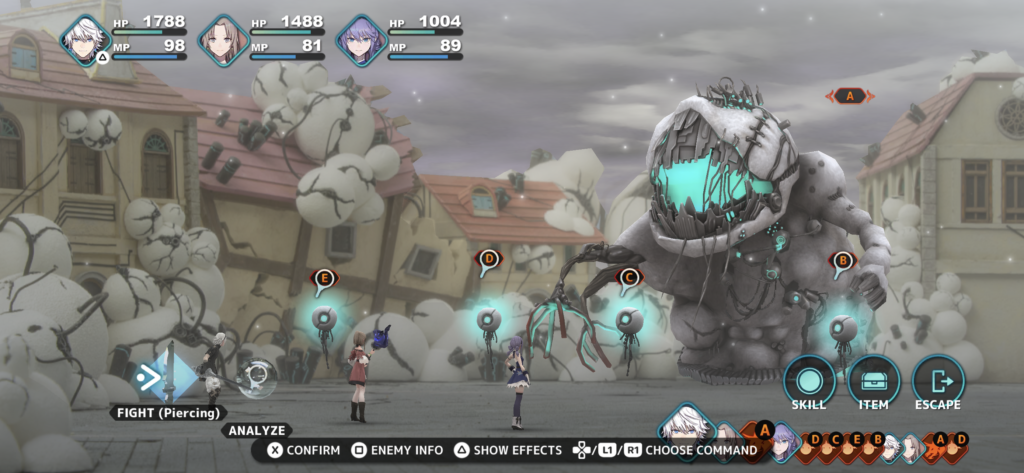
I don’t play mobile games much anymore, but Mistwalker releasing a high-end JRPG caught my attention. This one feels like a console game in practice while still bringing some unique board-manipulation features to the combat system that work well on a phone screen. In a year where traditional JRPGs burned me on grind, this one really hit. It fought against grind in unique ways while still making large scale fights incredibly fun, so the game had a relatively short play time for a JRPG. It worked well before running out its welcome, and given the games I shelved this year, that was welcome.

Game Ramblings #141 – Ratchet & Clank: Rift Apart
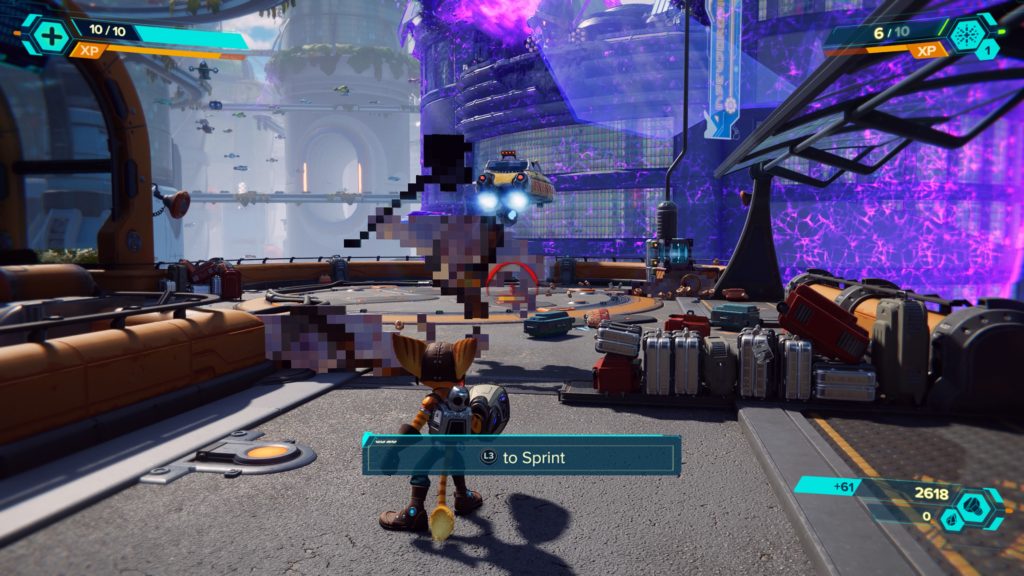
Look, I fucking love this series. If you have a PS5, get this. If you don’t have a PS5, put this on the short list of games to get when you do. It’s got great weapons, great visuals, a neat portaling mechanic, and great use of the PS5 controller features. This is entirely a system seller.

Game Ramblings #149 – Metroid Dread
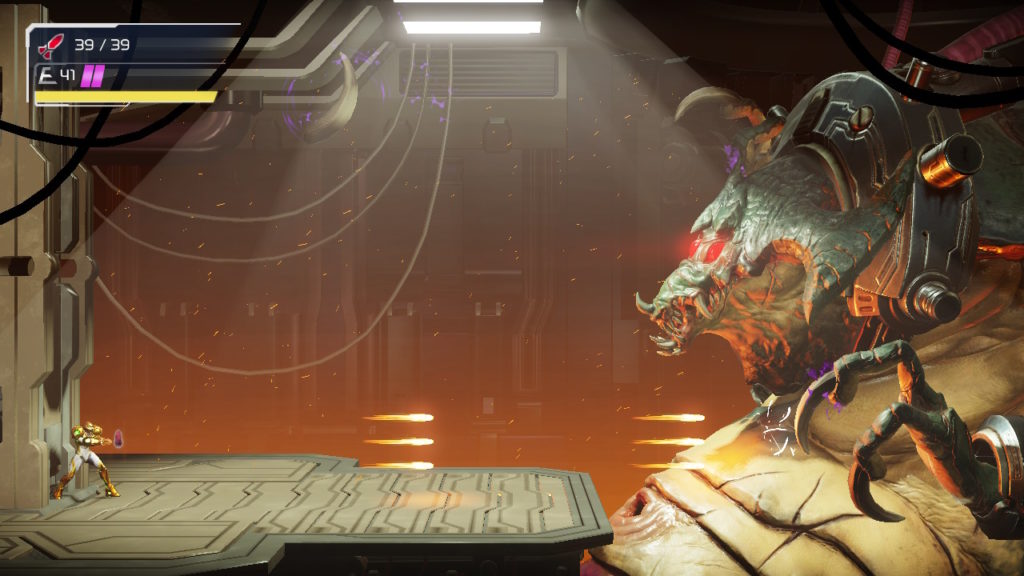
This is probably my game of the year. That’s definitely partly just love for the series, but it really is that good. In terms of core 2D Metroid gameplay, this is the best of the best. It’s got the completely directionless exploration of the old games. It’s got the much better combat of Samus Returns. It’s got some small iterations (ex: pickup suction, hidden item radar) that clean up rough points of older entries. It’s got fun high difficulty in boss fights while also making trash tremendously quick to just run through. It’s basically the peak of what the 2D Metroid games have been in the past, and given how many Metroidvania games I play, that bumped it immediately to the top of my list.
Anyhow, that’s my year. If there was a common thread it’s that JRPGs really disappointed me this year. I don’t know if I’m just getting tired of grinding or if they really aren’t moving the genre forward, but I found myself playing fewer and shelving more of them. Fantasian and Atelier Ryza were bright spots for turn-based ones, and Tales of Arise certainly hit a lot of good places for action-based ones, but by and large I found myself turning away from the experiences this year. Where things really picked up for me were action games in established series – the games above, but also things like Forza Horizon 5 and Monster Hunter Rise) – or indie experiences picking up the slack – things like Manifold Garden or Spiritfarer. There’s definitely a lot out there to play, so even if I’ve left JRPGs behind I’m at least constantly entertained.

